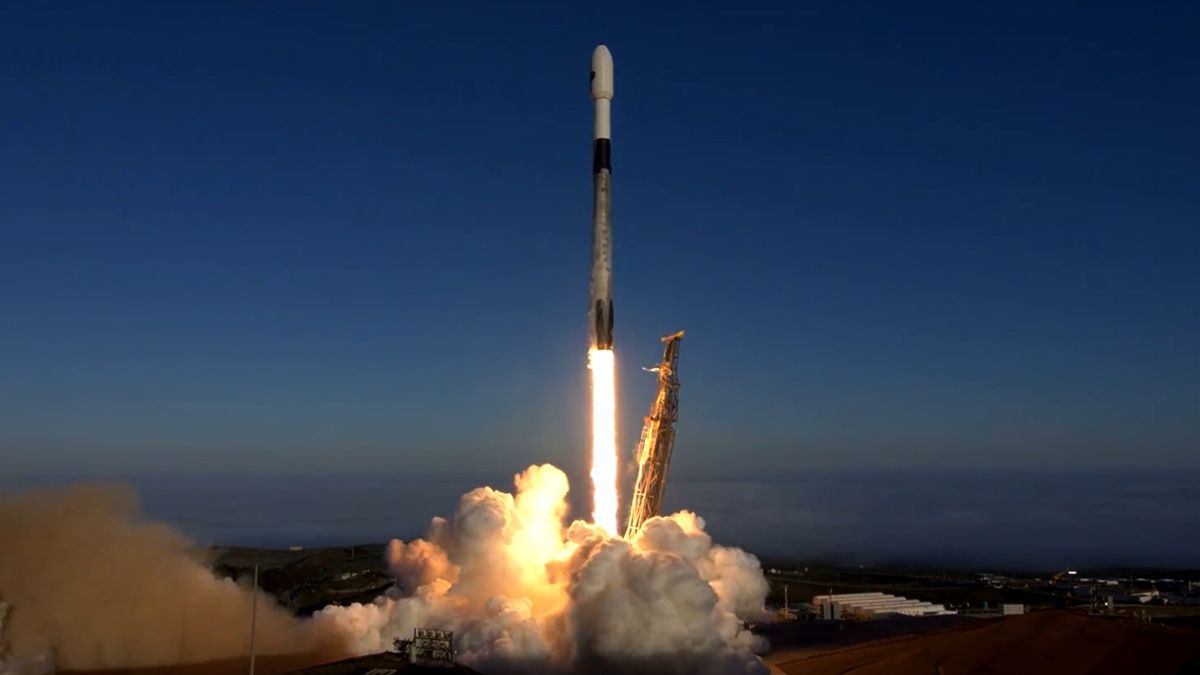SpaceX’s Second National Security Mission of the Year
On April 11th, SpaceX successfully launched its second national security mission of the year. The Falcon 9 rocket took off from California’s Vandenberg Space Force Base at 10:25 a.m. EDT on a mission for the U.S. Space Force known as USSF-62.
The Purpose of USSF-62
USSF-62 aims to deploy the Weather System Follow-on — Microwave (WSF-M) satellite into low Earth orbit. This next-generation spacecraft, developed by BAE Systems, will deliver crucial weather intelligence to military operations across various domains.
WSF-M’s primary instrument, a microwave imager, will play a vital role in measuring sea surface winds, assessing tropical cyclones, and collecting essential environmental data. Additionally, the satellite includes a space weather sensor provided by the U.S. government to enhance its capabilities.
Successful Landing and Reuse
Following the launch, the Falcon 9’s first stage returned safely to Earth, landing at Vandenberg’s Landing Zone 4 in under eight minutes. Notably, this marked the third successful launch and landing for the specific booster used in this mission, as detailed in a SpaceX mission description.
Furthermore, the payload fairing used to protect the satellite during launch is a spaceflight veteran, setting a new precedent for national security missions. Col. Jim Horne, senior materiel leader for Space Systems Command’s Launch Execution Delta, expressed excitement about the successful launch and highlighted its strategic importance.
Significance of USSF-62
With each national security launch, such as USSF-62, the United States enhances its capabilities and strengthens its deterrence against evolving threats. This mission signifies SpaceX’s 37th launch in 2024 and its second collaboration with the Space Force this year, following the successful USSF-124 mission launched on February 14th from Cape Canaveral Space Force Station.
Image/Photo credit: source url





